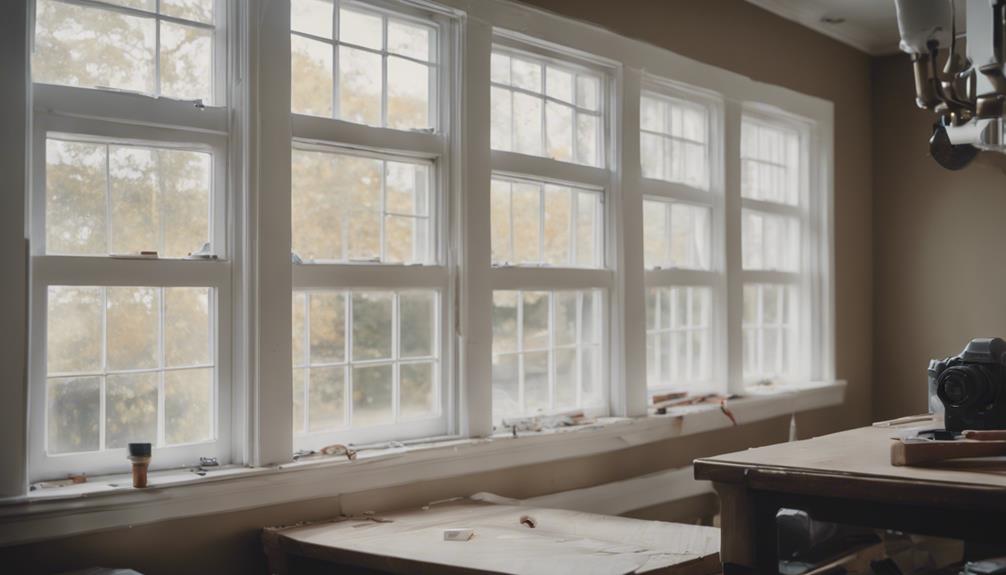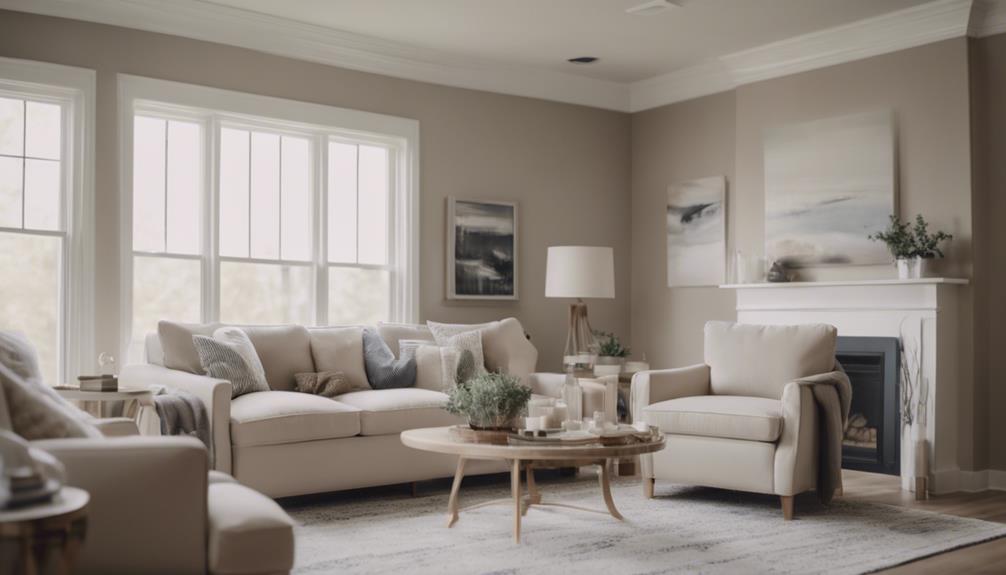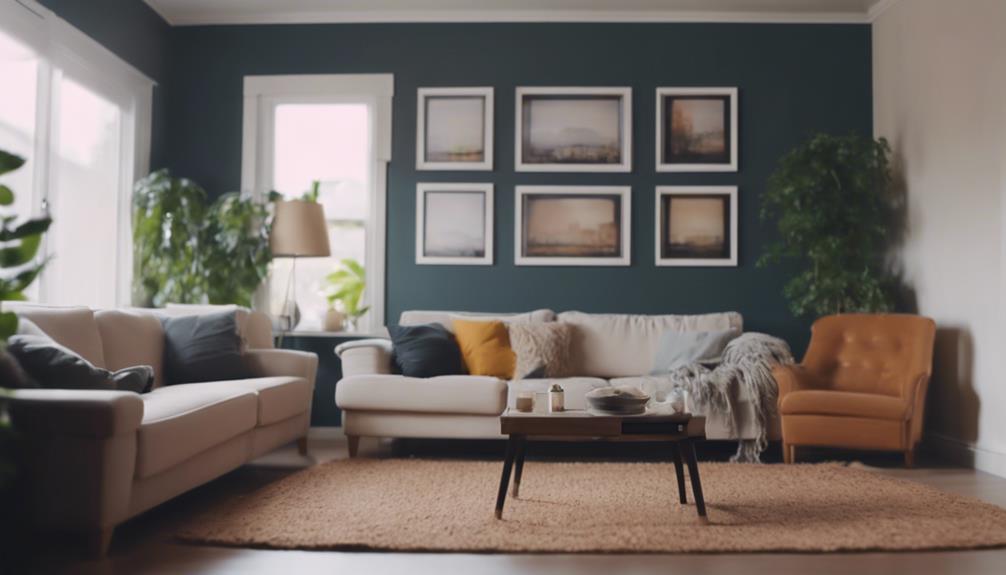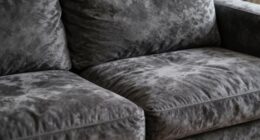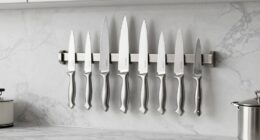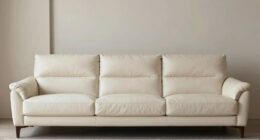You can replace windows without removing interior trim, maintaining your home's charm and saving time and money. This process, known as insert window installation, allows for a seamless upgrade within the existing frame. It's ideal for homes with sturdy wood or aluminum frames and keeps the original interior look. Insert windows are cost-effective, quicker, and less disruptive than full frame replacements. The handy steps involve gathering tools like a pry bar and screwdriver, ensuring a smooth project. Preserving the trim is crucial, and exterior methods help. For more great tips on window replacement, discover how to enhance your home effortlessly.
Key Takeaways
- Insert window replacement allows for replacing windows without removing interior trim.
- Preserves the existing trim during the window replacement process.
- Ensures a cost-effective and convenient solution for upgrading windows.
- Ideal for maintaining the original aesthetic appeal of the interior.
- Offers a quicker and less disruptive installation compared to full frame replacement.
Benefits of Insert Window Installation
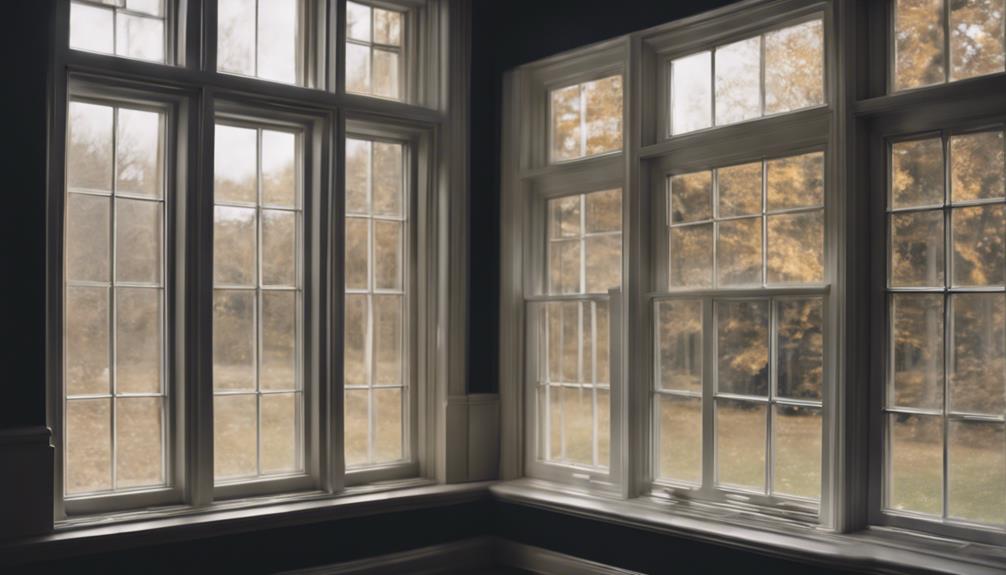
When considering window replacement, opting for insert window installation offers a convenient and cost-effective solution that preserves your interior trim. Insert windows allow you to upgrade your windows without the hassle of removing your existing trim. This method replaces the old window components while keeping your interior trim intact, saving you both time and money. By choosing insert window replacement, you can maintain the intricate and high-quality trim that adds character to your home. This option is particularly suitable for homes with structurally sound wood or aluminum frames, as it helps preserve the original aesthetic of your interior.
Not only does insert window installation save you from the headache of replacing your interior trim, but it also provides a quicker and less disruptive process compared to full frame replacement. With insert windows, you can enjoy the benefits of new windows while keeping the charm of your existing interior intact. It's a win-win situation that combines functionality and preservation seamlessly.
Comparison: Insert Vs. Full Frame Replacement
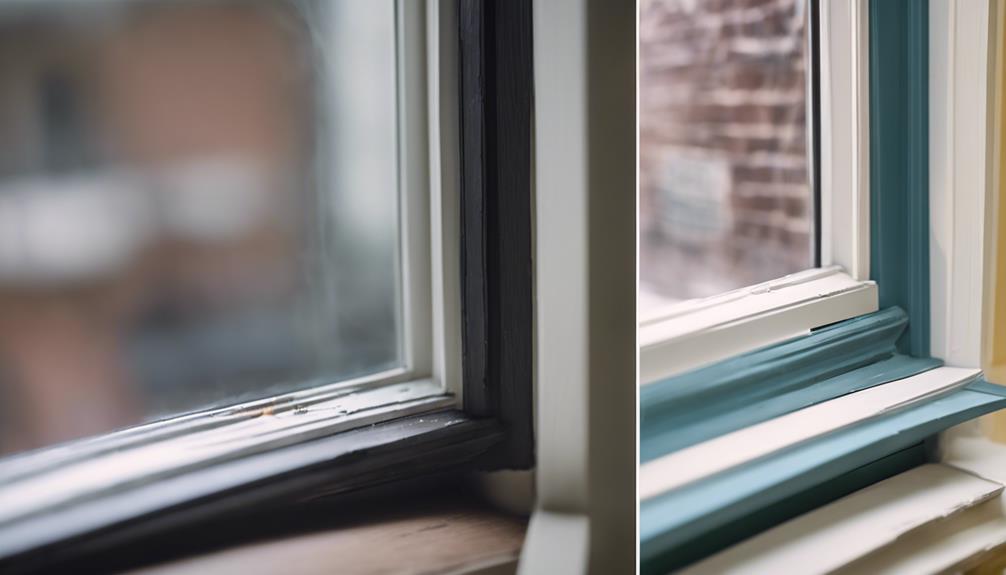
For a clear understanding of your window replacement options, comparing insert window installation to full frame replacement is essential. Insert windows offer a cost-effective solution that preserves your interior trim and exterior features. On the other hand, full frame replacement involves removing existing windows down to the studs, allowing for a thorough inspection and repair of potential water damage. Here's a comparison between insert window and full frame replacement:
| Aspect | Insert Window Replacement | Full Frame Replacement |
|---|---|---|
| Cost-effectiveness | ✓ | |
| Preservation of interior trim | ✓ | |
| Inspection and repair | ✓ | |
| Time and labor costs | ✓ |
Opting for insert window installation can save you time and labor costs since it eliminates the need to remove interior trim. However, if you suspect water damage or desire a complete overhaul, full frame replacement might be the better choice.
Understanding Insert Window Replacement Process
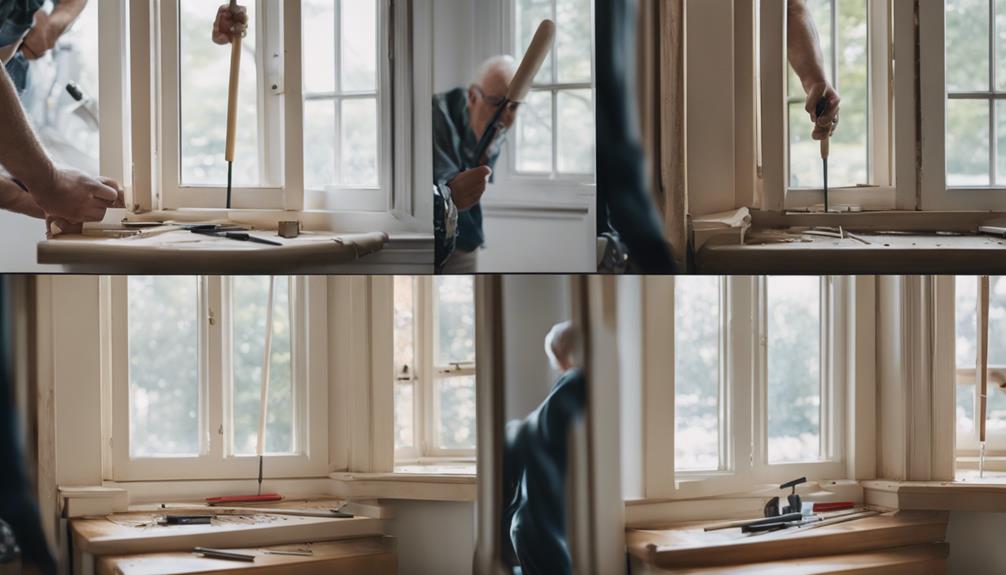
To understand the insert window replacement process, consider how new windows can be seamlessly installed within the existing frame without the need to remove the interior trim. This method allows for the replacement of old sashes, hardware, and covers while keeping the original interior and exterior trim intact.
Insert window replacement is an ideal choice for structurally sound wood or aluminum frames, offering a lower cost replacement solution compared to full frame window replacement. By opting for insert window replacement, you can maintain the original look of your windows while enjoying a quicker and less disruptive installation process.
Contractors skilled in insert window replacement can efficiently upgrade your windows without causing damage to the interior trim, preserving the aesthetic appeal of your home. This process not only saves time and money but also guarantees that your new windows seamlessly blend with the existing design of your home.
Steps for Installing Insert Windows
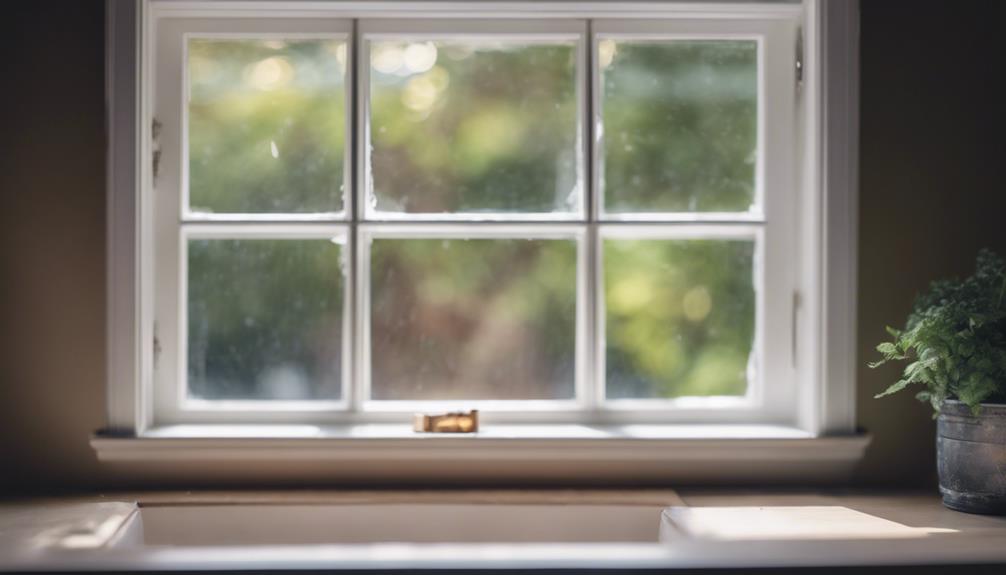
When installing insert windows, the first step is gathering the necessary tools for the installation process.
Once you have the tools ready, the next step involves removing the old windows to make way for the new insert windows.
This process sets the stage for a seamless and efficient window replacement project.
Tools Needed for Installation
Specialized tools such as a pry bar, utility knife, hammer, and screwdriver are essential for installing insert windows without removing interior trim. These tools play an important role in carefully separating the window frame from the trim without causing damage.
By using these tools correctly, you can guarantee a smooth installation process while preserving the interior trim. Proper technique with these tools will help the existing trim remain intact and be reattached after the new window is in place.
It's important to follow the manufacturer's guidelines and best practices when using these tools to guarantee a successful window replacement without removing the interior trim. With the right tools and techniques, you can achieve a professional-looking window installation with ease.
Removing Old Windows
If you're ready to replace your old windows with insert windows without removing the interior trim, the first step is removing the old windows following these steps.
Insert windows are designed to be inserted into the old wood or aluminum frames, preserving your existing interior trim. To start, you'll need to remove the old window sash, including any hardware attached to it. Make sure to carefully detach the covers and any additional components that secure the old window in place.
Considerations for Window Replacement Methods
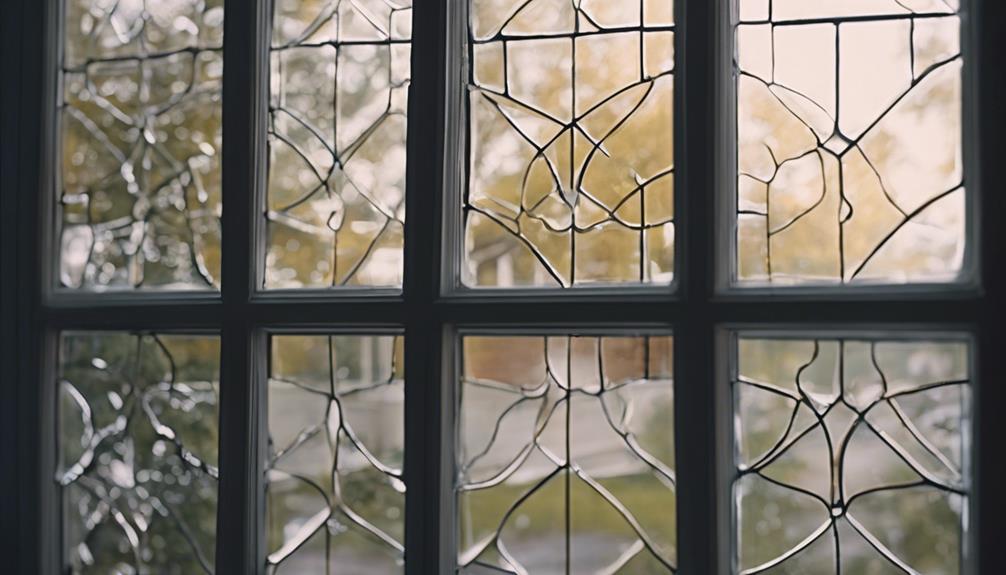
To choose the most suitable window replacement method, consider the preservation of interior trim as a key factor. Opting for exterior installation methods allows you to replace windows without removing interior trim. This method is ideal for projects where maintaining elaborate or high-quality trim is essential. By utilizing exterior-only installation, contractors can guarantee proper flashing and caulking without disturbing the interior. Not only does this approach protect the existing interior aesthetic, but it can also be a cost-effective option. Below is a table summarizing the benefits of exterior installation for window replacement:
| Benefits of Exterior Installation |
|---|
| Preserves interior trim |
| Cost-effective option |
| Maintains existing aesthetic |
| Ensures proper flashing and caulking |
| Suitable for elaborate interior trim |
Cost-Efficiency of Insert Window Replacement
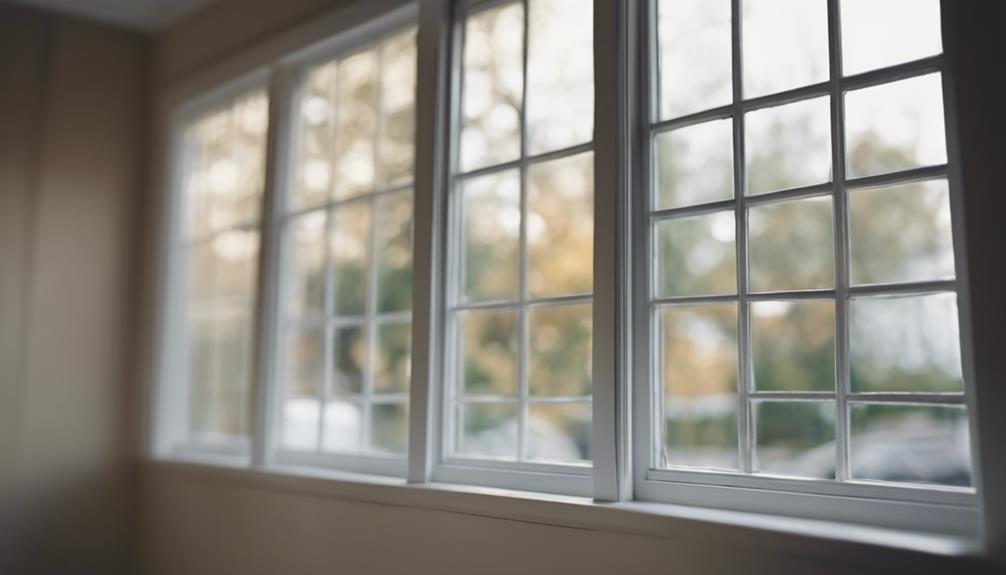
Insert window replacement offers a cost-effective solution for upgrading windows without the need to remove interior trim. This method provides a budget-conscious and time-saving option, making it a popular choice for homeowners looking to enhance their windows' energy efficiency.
By preserving the existing interior trim, insert window replacement eliminates the costly need for renovations. It's particularly suitable for structurally sound wood or aluminum frames, as it allows for the installation of new windows without extensive work. This process is quicker than full frame replacement, saving you both time and money.
Not only does insert window replacement help you maintain the aesthetic appeal of your home, but it also guarantees that your energy efficiency is improved. So, if you're looking to upgrade your windows in a cost-effective manner while keeping your interior trim intact, insert window replacement is the way to go.
Preserving Interior Trim With Insert Windows
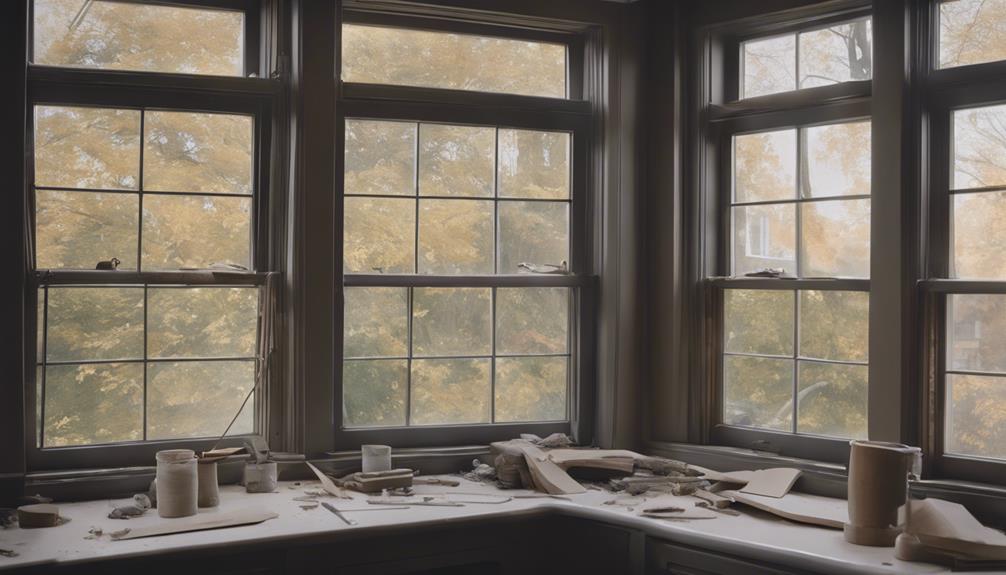
When it comes to preserving your interior trim with insert windows, there are key methods and an overview of the installation process that you should keep in mind.
By safeguarding your trim during the replacement, you can maintain the aesthetic appeal of your home without compromising on quality.
Understanding these points will help you guarantee a smooth and successful window replacement project.
Trim Protection Methods
Consider safeguarding your interior trim by utilizing trim protection methods during the installation of insert windows. With insert windows, the new windows are installed within the existing frame, preserving the exterior trim while updating your home's look.
This process allows you to keep your existing interior and exterior trim intact, avoiding the need for extensive renovations. By choosing insert windows, you can seamlessly replace your old windows without disrupting the interior trim. This method is efficient and cost-effective, offering a quick way to enhance your home while maintaining its original charm.
Insert windows are a great option for those who want to upgrade their windows without the hassle of replacing or removing the interior trim.
Installation Process Overview
To preserve your interior trim while installing insert windows, the process involves seamlessly replacing the old sash, hardware, and covers within the existing frame. Insert windows offer a cost-effective solution for window replacement, maintaining the original look of your interior while improving energy efficiency.
By choosing insert windows, you can address weatherization issues like water and wind intrusion without guaranteeing the aesthetics of your home. This installation process not only helps in preserving your interior trim but also secures that your windows are energy-efficient and structurally sound.
With insert windows, you can achieve a seamless upgrade while keeping the charm of your home intact. Consider this option for a hassle-free way to enhance both the appearance and functionality of your windows.
Potential Challenges of Insert Window Installation
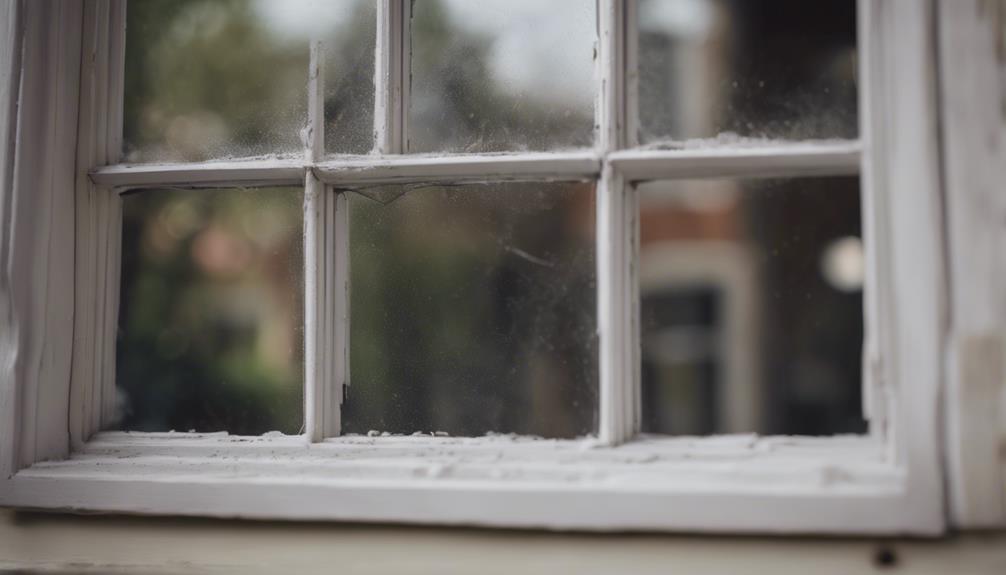
Installing insert windows presents several potential challenges that homeowners may encounter. When considering insert window installation, you may face the following hurdles:
- Preserving existing trim: Ensuring the careful sizing of replacement windows is important to maintain your interior trim, including molding and casing.
- Removing existing sashes and hardware: Although the interior trim is typically maintained, existing sashes and hardware will need to be removed during the insert window installation process.
- Cost considerations: While insert window installation is often a lower-cost option compared to full frame replacement, budget constraints may still pose a challenge for some homeowners.
- Fitting within the existing frame: Insert windows are designed to fit within the existing frame, requiring precise measurements to avoid costly mistakes and ensure a proper installation.
- Time constraints: While insert window installation is faster than full frame replacement, it still requires time and attention to detail to ensure a successful outcome.
Tips for Successful Window Replacement
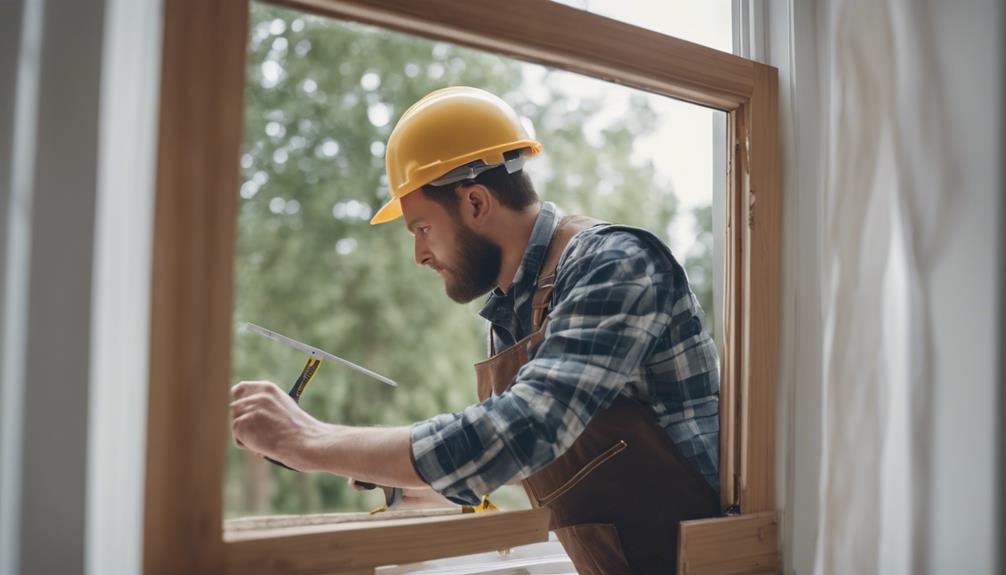
For a successful window replacement, begin by evaluating your existing window conditions and measuring accurately to guarantee a proper fit for the new windows. When aiming to preserve interior trim, opting for exterior installation methods is key. Exterior installation allows new windows to be installed without the need to remove the interior trim, making the process smoother and more efficient. Proper caulking and flashing techniques play an important role in maintaining the integrity of the window installation, even without interior access. By following weatherization standards and making sure suitable options for your project, exterior installation can be a viable choice, especially when elaborate interior trim needs to be protected. Consider the following tips for a successful window replacement:
| Tips for Successful Window Replacement |
|---|
| 1. Opt for exterior installation methods |
| 2. Use proper caulking and flashing techniques |
| 3. Ensure weatherization standards are met |
Frequently Asked Questions
Do You Have to Remove Interior Trim to Replace a Window?
You don't always have to remove interior trim when replacing a window. Some window replacement methods involve exterior installations, which can help preserve your interior trim.
Contractors use proper caulking and flashing techniques for exterior installations, saving time and costs. This approach may not require interior trim removal, providing an efficient way to update your windows without disrupting your interior design.
Can Windows Be Replaced Without Removing Trim?
Yes, windows can indeed be replaced without removing interior trim. By utilizing exterior installation methods, contractors can access and replace windows from the outside, preserving your intricate interior trim.
This approach not only guarantees that proper weatherization standards are maintained through the use of flashing and caulking techniques but also ensures that your windows can be upgraded without disrupting your beautiful interior trim!
Do I Need to Remove Trim to Measure for Replacement Windows?
When measuring for replacement windows, removing interior trim is essential for accuracy. This step allows you to assess the window opening's structural components and identify any potential issues.
Precise measurements guarantee the new windows fit perfectly, avoiding alignment problems. Removal of trim can also help address underlying water damage or insulation issues.
Is It Possible to Replace Windows Without Replacing the Frame?
Yes, you can replace windows without removing the frame by opting for a frame-in-frame or pocket window installation method. This approach allows new windows to be installed within the existing frame, preserving your interior trim. It's a quick and cost-effective option for window replacements.
However, it's not recommended for vinyl windows due to lack of support. By choosing this method, you can upgrade your windows while keeping the existing aesthetics intact.
Conclusion
To sum up, replacing windows without removing interior trim through insert window installation is a cost-efficient and convenient option for homeowners.
For example, a family in need of updating their home's windows was able to preserve their beautiful original trim by opting for insert windows.
By following the steps and tips provided, you can successfully complete this project and enhance the aesthetic appeal and energy efficiency of your home.
